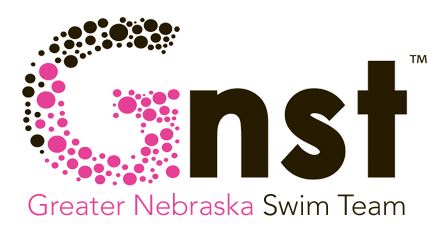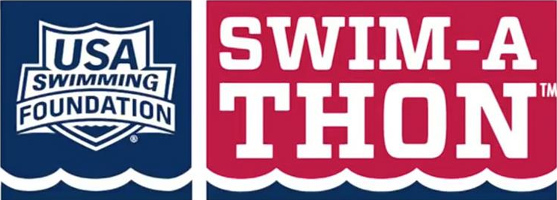Bulllying Prevention:
https://www.usaswimming.org/news/2017/02/16/bullying-prevention
Purpose: Bullying of any kind is unacceptable at GNST and will not be tolerated. Bullying is counterproductive to our team spirit and can be devastating to a victim. GNST is committed to providing a safe, caring and friendly environment for all of our members. If bullying does occur, all athletes and parents should know that incidents will be dealt with promptly and effectively. Anyone who knows that bullying is happening is expected to tell a coach, parent, another team member, a team mentor or a trusted adult.
What is Bullying Behavior:
The USA Swimming Code of Conduct defines bullying in 304.3.7. Bullying is the severe or repeated use by one or more USA Swimming members of oral, written, electronic or other technological expression, image, sound, data or intelligence of any nature (regardless of the method of transmission), or a physical act or gesture, or any combination thereof, directed at any other member that to a reasonably objective person has the effect of:
-
Causing physical or emotional harm to the other member or damage to the other member’s property
-
Placing the other member in reasonable fear of harm to himself/herself or of damage to his/her property
-
Creating a hostile environment for the other member at any USA Swimming activity
-
Infringing on the rights of the other member at any USA Swimming activity
-
Materially and substantially disrupting the training process or the orderly operation of any USA Swimming activity (which for the purposes of this section shall include, without limitation, practices, workouts and other events of a member club or LSC).
Handling Bullying:
If bullying activities occur during a team-related function, GNST coaching staff will Stop the Bullying on Spot, using the following steps.
-
Intervene immediately. If other adults are needed to help, GNST coaches will seek help.
-
Keep all the involved athletes separate.
-
Get the story from several sources, both adults and athletes.
-
Listen without blaming
-
It may be difficult to get the whole story, especially if multiple athletes are involved or the bullying involves social bullying or cyberbullying. Collect all available information.
2. Separate the athletes involved.
-
Find space and distance between athletes. Get different staff members to talk to the affected parties
-
Reassure the group that things are under control and the proper actions are being taken
3. Make sure everyone is safe. Meet any immediate medical or mental concerns.
-
Follow all first aid and safety precautions.
4. Stay calm and assess the situation. Reassure those involved along with bystanders.
-
Supporting bystanders, athletes and adults is an essential way to deescalate the situation
-
Tell a trusted adult – your parent, coach, or club board member
5. Coaches will model respectful behavior when they intervene.
6. Determine if athletes are able to continue activities.
Addressing Bullying Behavior:
-
Coaches will make sure that the athletes know what the problem behavior is.
-
Coaches will show the athletes that bullying is taken very seriously. Bullying will not be tolerated at GNST. All parents of the affected parties will be notified and included in any disciplinary decisions.
-
We will work for the bully and victim(s) to understand the situation and get the full story.
-
Get the story from several sources, athletes and parents
-
Listen without blaming
-
It may be difficult to get the whole story, especially if multiple athletes are involved or the bullying involves social bullying or cyberbullying. Collect all available information.
4. Work with the athlete to understand some of the reasons he or she is bullied. For example:
-
Sometimes adolescents bully to fit in or just to make fun of someone that is a little different from them. In other words, there may be some insecurity involved.
-
Other times adolescents act out because something else—issues at home, abuse, stress—is going on in their lives. They also may have been bullied and may be in need of additional support.
5. Depending on the situation: GNST coaches will make decisions on “return to swimming” for the
bullying party or parties. Examples of these, but not limited to:
-
Require time away from the water until repentance actions are taken.
-
Write a letter of apology.
-
Make a group address about the reasons why those actions were unacceptable and against the team code of conduct.
-
Conflict resolution with coaches and other athletes, for a required amount of time.
-
Do a good deed for the person who was bullied, for the club, or the community.
6. N the extreme case that the bullying results in the dismissal of the team member, the GNST staff
will communicate with the athlete(s) and parents/guardians involved.
7. Follow-up. After the bullying issue is resolved, continue finding ways to help the athlete who bullied
to understand how what they do affects other people. For example, praise acts of kindness or talk
about what it means to be a good teammate.
Support bystanders who witness bullying
Every day, adolescents witness bullying. They want to help, but don’t know how. Fortunately, there are a few simple, safe ways that athletes can help stop bullying when they see it happening.
a. Be a friend to the person being bullied;
b. Tell a trusted adult – your parent, coach, or club board member;
c. Help the victim get away from the situation. Create a distraction, focus the attention on something else, or offer a way for the target to get out of the situation. “Let’s go, practice is about to start.”
d. Set a good example by not bullying others.
e. Don’t give the bully an audience. Bullies are encouraged by the attention they get from bystanders. If you do nothing else, just walk away




